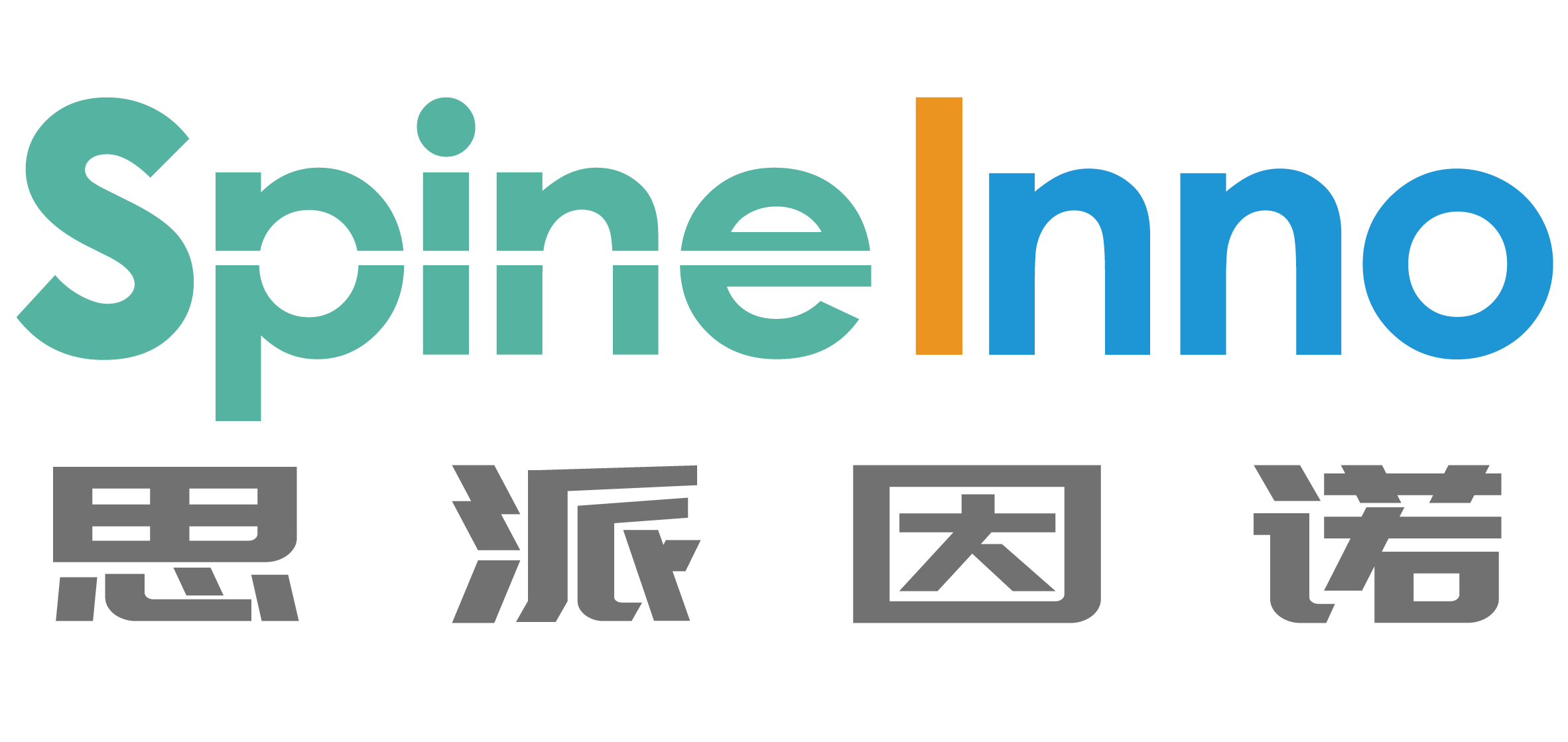How Endoscopic Tools Works: A Comprehensive Guide
As a leading company in the manufacturing of endoscopic tools, Endoscopic Tools has harnessed advanced technology to produce tools with optimum efficiency. Our endoscopic tools are used in a wide range of medical procedures and have proven to be indispensable in modern medicine. In this article, we’ll take a closer look at how Endoscopic Tools works, highlighting the key components and working mechanisms that make it all possible.
Key Components of Endoscopic Tools
The main components of Endoscopic Tools are the distal end, proximal end, control mechanism, and imaging system. These components work together to enable medical professionals to perform internal examinations of patients.
The distal end of an endoscope is the tip of the instrument used to examine internal organs. The lens in the distal end collects light from the target tissue and transmits the image to the proximal end. The proximal end is the part of the endoscopic assembly that the user holds while directing the distal end. The proximal end contains various controls that enable the user to mechanically operate the distal end, such as moving or adjusting the tip of the endoscope, correcting the image's orientation, and controlling the illumination intensity.
The control mechanism is vital in ensuring that the distal end's movements are accurate, precise, and safe. It consists of cables, wires, and levers that are connected between the proximal and distal ends. These cables and levers allow the user to bend the flexible tip, rotate the lens, and control the illumination direction.
The imaging system is the mechanism responsible for capturing images or video footage of the target tissue. This system consists of a camera, light source, and video processing unit. The camera is designed to fit inside the endoscope's distal end and capture images. The light source provides the necessary lighting for visualization and is placed on the proximal end. Finally, the video processing unit receives the images from the camera and displays them on a monitor for the medical team to view.
Advanced Technology and Efficient Production Processes
Endoscopic tools are designed and produced with the assistance of advanced technologies such as CAD/CAM software, computer-aided inspection, and 3D printing. The integration of these technologies has resulted in accurate designs, efficient inspection, and rapid prototyping.
For instance, the use of 3D printing enables the creation of precise tool components using computer-generated designs without the need for complex tooling or expensive inventory costs. This process significantly reduces the time needed to produce endoscopes and also eliminates the need for manual assembly, which can lead to errors in the manufacturing process.
Conclusion
In conclusion, Endoscopic tools represent a critical advancement in modern medical procedures. Their key components, including the distal end, proximal end, control mechanism, and imaging system, work together to allow medical professionals to conduct internal examinations accurately and safely. The integration of advanced technology in the manufacturing process allows for efficient production processes and cost-effective tooling design.
Contact Us
If you need more information or are interested in becoming one of our suppliers, get in touch with Endoscopic Tools today. Our team of experts is ready to answer any questions you may have and guide you through the process.
